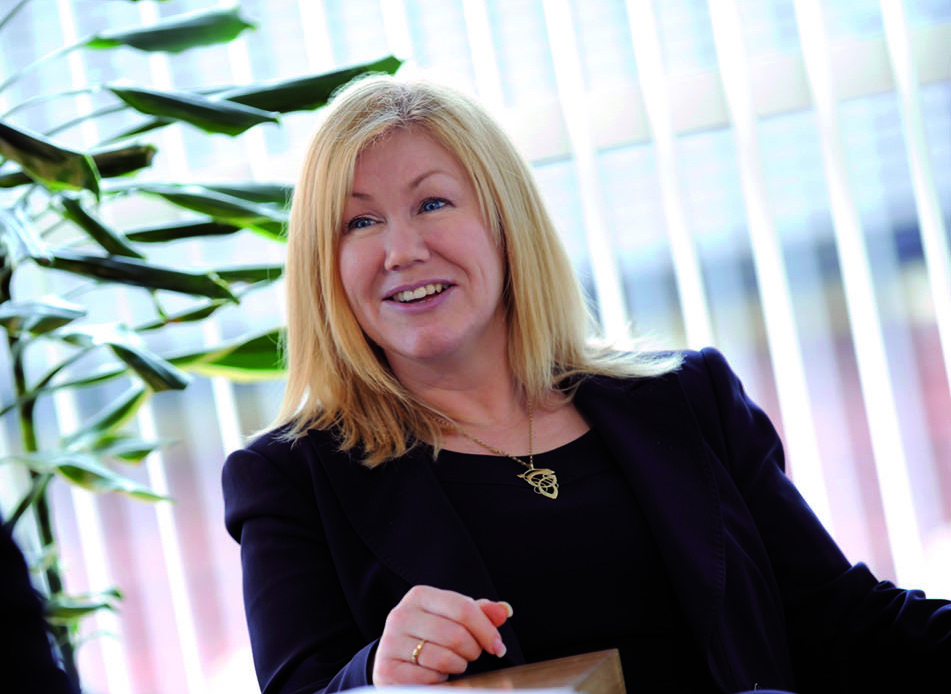NEBOSH Chief Exec on reflective learning for the safety practitioner

By Teresa Budworth, Chief Exec, NEBOSH
Traditionally health, safety and environmental management practitioners (HSE) enter the field as a second career. Most will – quite rightly – commit to their new vocation by seeking formal qualifications. All will bring the strengths, skills and insights developed in their previous career to their new role. However, the average HSE professional will have fewer years of solid experience applying their technical skills compared to other professionals of the same age. To become an effective practitioner, commanding the respect of other professions, we need to take a different approach to accelerate our effectiveness in a work environment which may be complex, conflicted and uncertain.
Continued Professional Development (CPD) is critical to maintaining professional status and – for those that seek it – creating opportunities for progression. A substantial part of this is the ability to reflect on activities, identifying what has been learnt and applying that knowledge to future situations – building a personal toolkit for dealing with challenging situations.
Indeed, IOSH places significant emphasis on reflective learning for CPD. Attending a training course is not enough to gain your CPD points, therefore, writing a reflective statement considering its value to you and how you will use it to improve your professional practice is what gains you the points! It has to pass the “so what?” test.
Technical skills are of critical importance. The ability to recognise hazards, including those which are latent and not visible immediately, are a key part of any HSE role. However, many challenges in the workplace can be linked to the ‘softer’ skills – the ability to communicate your findings, inspire better practice and influence an organisation to improve.
HSE practitioners often believe that development means an expensive formal training course. Sometimes it does, but by using reflective practice, we can create our own opportunities to develop our skills. We can creatively tap into the skills of other – non-safety – professionals in our organisation and beyond, to develop our effectiveness. Just one example: “interviewing” is a skill needed in accident investigations and audits. The HR community have a wealth of experience here that we can mine. The list is infinite and sources of learning may not be where you would expect – for example, an actor could demonstrate techniques to command an audience in a training setting!
We owe it to the people we serve to be the best safety practitioners we can be. That means taking responsibility for our own development. This session will give you a cost effective method of doing just that!
Please join me from 13.15 on 20 June in the Professional Development Theatre to explore the subject of reflective learning further. You can also find NEBOSH on Stand N100 where our experts will be happy to talk to you about our range of qualifications. Register for your ticket here.
Of course I have a book to flog. In collaboration with Dr Waddah Shihab Ghanem Al Hashemi, the Executive Director responsible for health safety and environmental issues in the Emirates National Oil Company (ENOC), we provide practical examples and tools in our book ‘Reflective Learning: An essential tool for the self-development of health and safety practitioners’. Available from Taylor & Francis, you can pick up a copy from Stand Q20 at the Expo. You’ll even get CPD for just reading it!
NEBOSH Chief Exec on reflective learning for the safety practitioner
By Teresa Budworth, Chief Exec, NEBOSH Traditionally health, safety and environmental management practitioners (HSE) enter the field as a
Charlotte Geoghegan
SHP - Health and Safety News, Legislation, PPE, CPD and Resources Related Topics
Safety & Health Expo becomes part of ‘Anticipate London’ in new launch
Building Safety Act awareness e-learning course launched by CIOB
NEBOSH opens registration for 2023 free online conference

